Supporting materials
Download
Download this article as a PDF

Speed of sound: use the sound-recording function of a smartphone to precisely measure a projectile’s speed and calculate a safe dodging distance.
The first word I learned in German was Handy, one of the terms used in German for a mobile phone. We have been experimenting with the use of the sound-recording and sound-editing functions common across these handy devices, to generate precise time-of-flight data for foam projectiles from toy guns like Nerf guns. The voice-record function on a mobile phone is activated with a few simple taps, and in an otherwise silent classroom, the sound of the gun firing and the projectile then hitting its target are recorded. Although difficult to distinguish by ear, these sounds create two clearly defined signals, which can be seen when the mobile phone’s sound-file editing function is used. Furthermore, each signal has a time stamp to two decimal places, enabling the time of flight to be calculated with impressive precision.
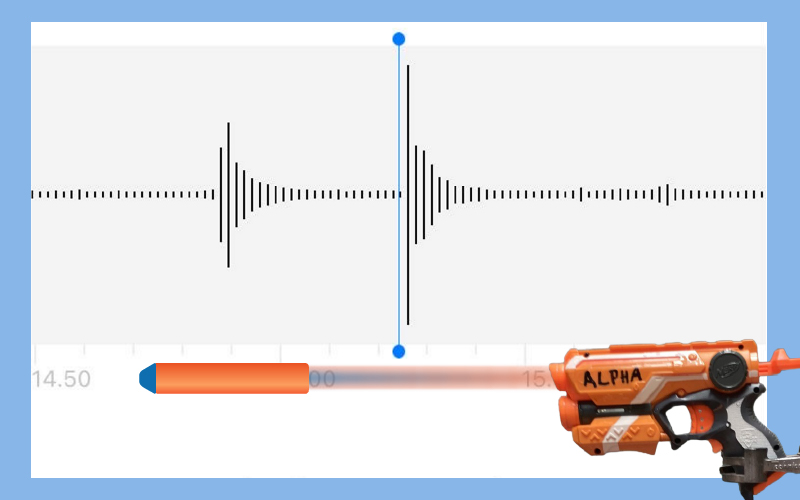
Here, we describe two activities that make use of this approach. Both activities can be used with students aged 11–16, with adaptations to stretch students of all abilities. Students can explore speed, distance, and time calculations, as well as experimental design and the reliability of data.
The speed of a Nerf-gun projectile is determined by firing from a known distance at target that will make a noise when hit. Sound-recording and -editing facilities on the mobile phone are used to detect the sound signal and record the time taken between firing the Nerf gun and the projectile hitting the target. From this data, the average speed can easily be calculated.
This can be done as a demonstration in a lesson, or as small groups of students in a science club. It takes 10–20 minutes.
The only significant risk is to the eyes, so safety glasses should be worn by anyone carrying out the experiment or in the area.


The average speed can easily be calculated. In this example, based on a flight time of 0.36 s (15.24–14.88 s) and a distance of 5.0 m, the speed is shown to be 13.9 m/s.
This simple approach can now be used to explore many different ideas relating to speed, distance, time, acceleration, and deceleration. For example, students can investigate how the speed of the projectile changes during flight, by varying the distance to the target. The following data was generated using a small, well-used Nerf gun:
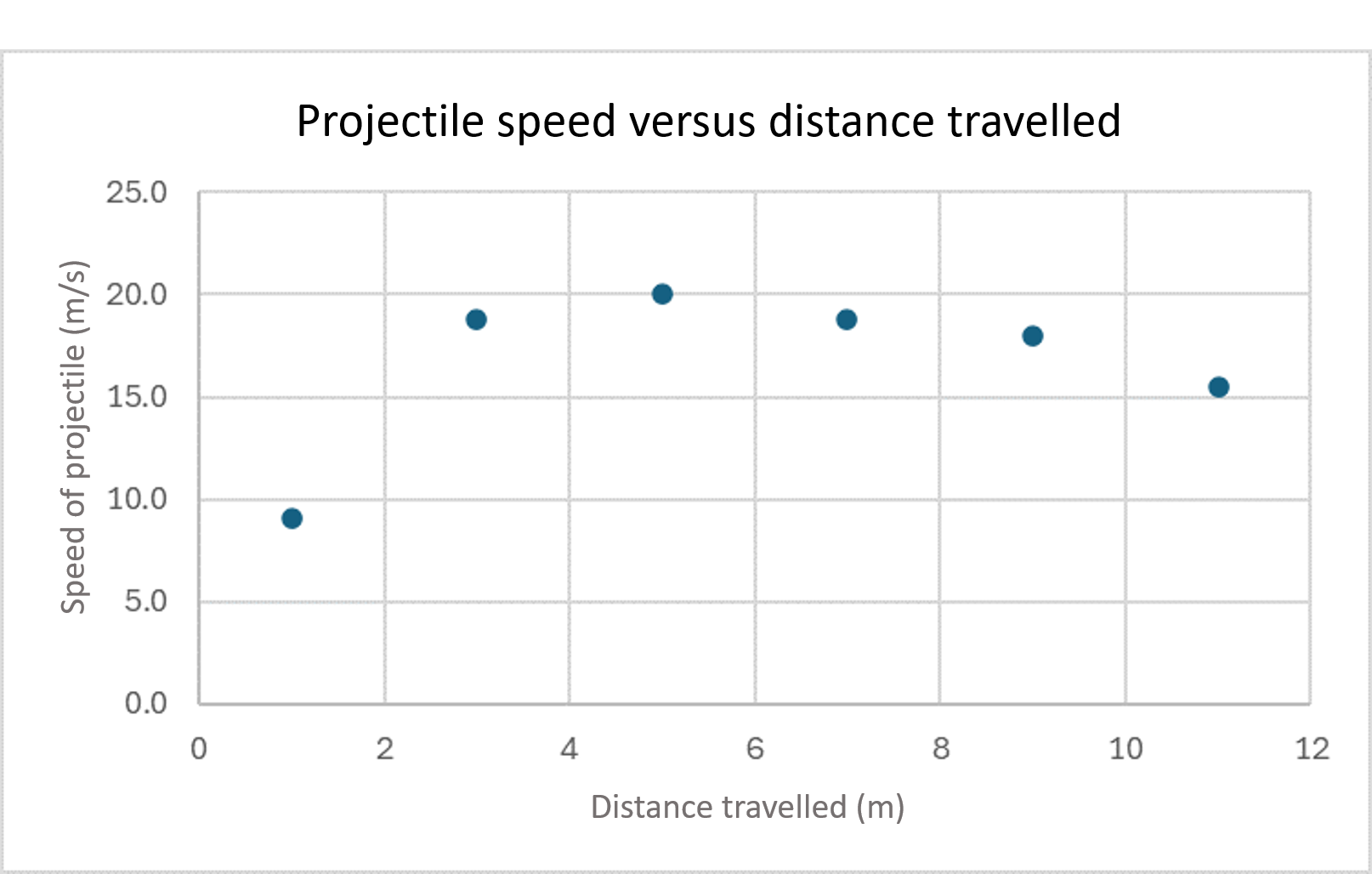
The data shows how the projectile accelerates for a time after leaving the gun, then gradually loses speed the further it travels. While this does not fit with the underlying physics, the reasons behind this invite further investigation. For example, exploring the uncertainty in the time measurements will lead to a conclusion that the shorter the flight time, the greater the uncertainty.
This activity works best as a classroom demonstration or a small-group experiment in a STEM club. The aim is to determine how far a person holding a target should stand from someone firing a Nerf gun, so they have just enough time to move the target out of the way after hearing the shot.
The speed of the Nerf dart is measured at various distances (as described in Activity 1), and the reaction time – how quickly someone can respond after hearing the Nerf gunfire – is also determined. From these measurements, the minimum distance needed for the person to react and move the target before the projectile reaches them is calculated.
As a demonstration, this activity takes 15 minutes. Alternatively, as a class or group activity, allow 20–30 minutes to complete the activity.
If using a loaded Nerf gun, safety glasses should be worn at all times.
School policies relating to the use of mobile phones should be followed at all times. Any recordings made should be deleted after the lesson. Consider the use of devices owned by your institution, such as tablets or laptops with the appropriate functionality.
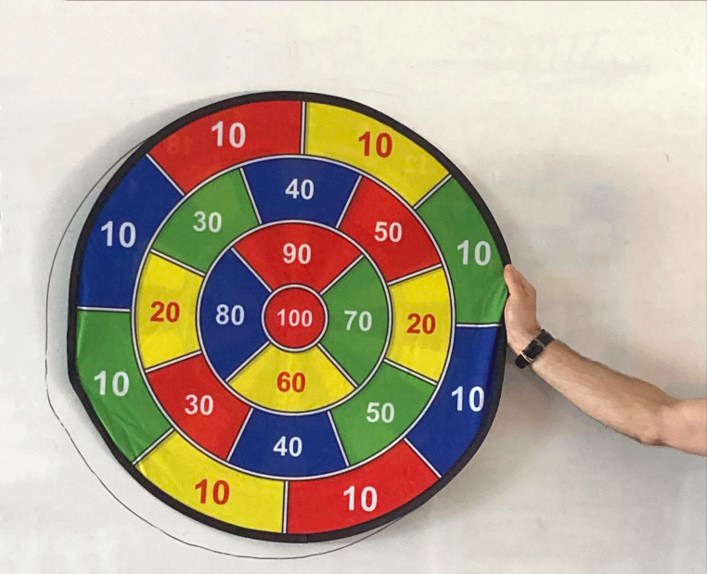
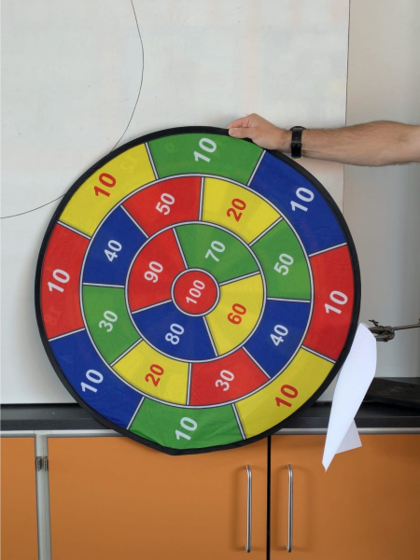
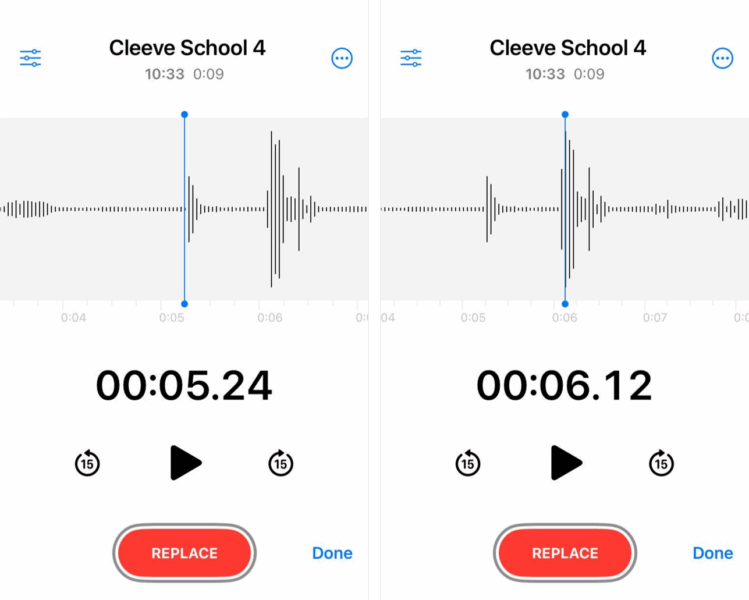
In our experiments, we found that a reaction time of 0.88 s was typical. For a Nerf-gun bullet travelling at an average speed of 13.9 m/s, the target would need to be a minimum of 13.9 m/s × 0.88 s = 12.2 m for a person to stand any chance of moving the target out of the way before it is hit.
There are many opportunities to explore and evaluate the limitations of this experiment. The following questions can be used to prompt students to plan their own follow-up investigations.
Exploration questions:
Collecting additional data to assess the reliability of results is straightforward – and fun! Students can consider the following questions:
Download this article as a PDF

Picture sequences provide engaging opportunities for students to explore the concepts of speed and acceleration using supplied digital images or their own smartphones.
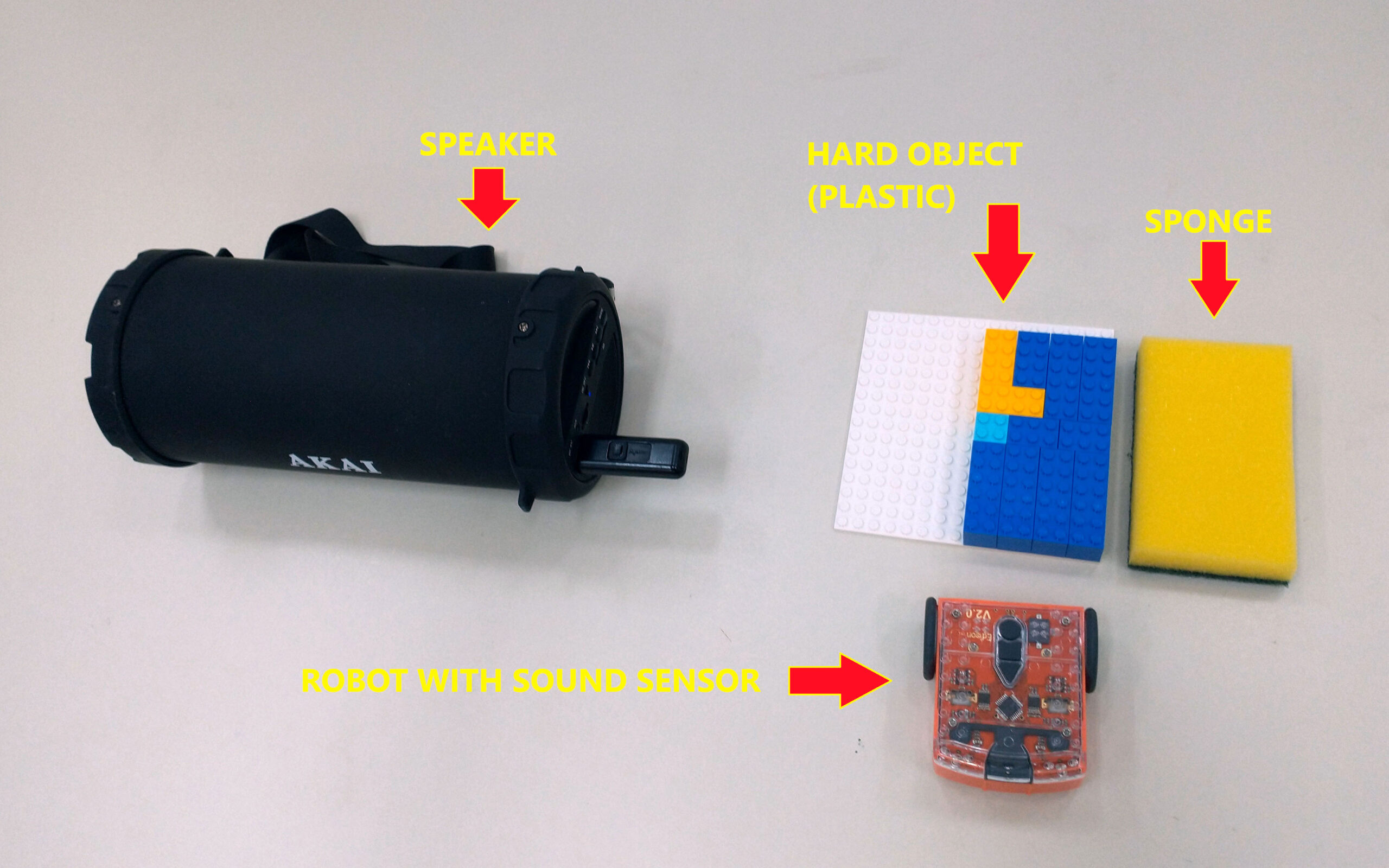
Sounds good: try some simple activities that use robots to explore the basic properties of sound waves – reflection, absorption, and propagation.

Still standing: have you ever wondered how buildings stand? Or why they sometimes fall? Let’s explore this through bridges, from construction to collapse.